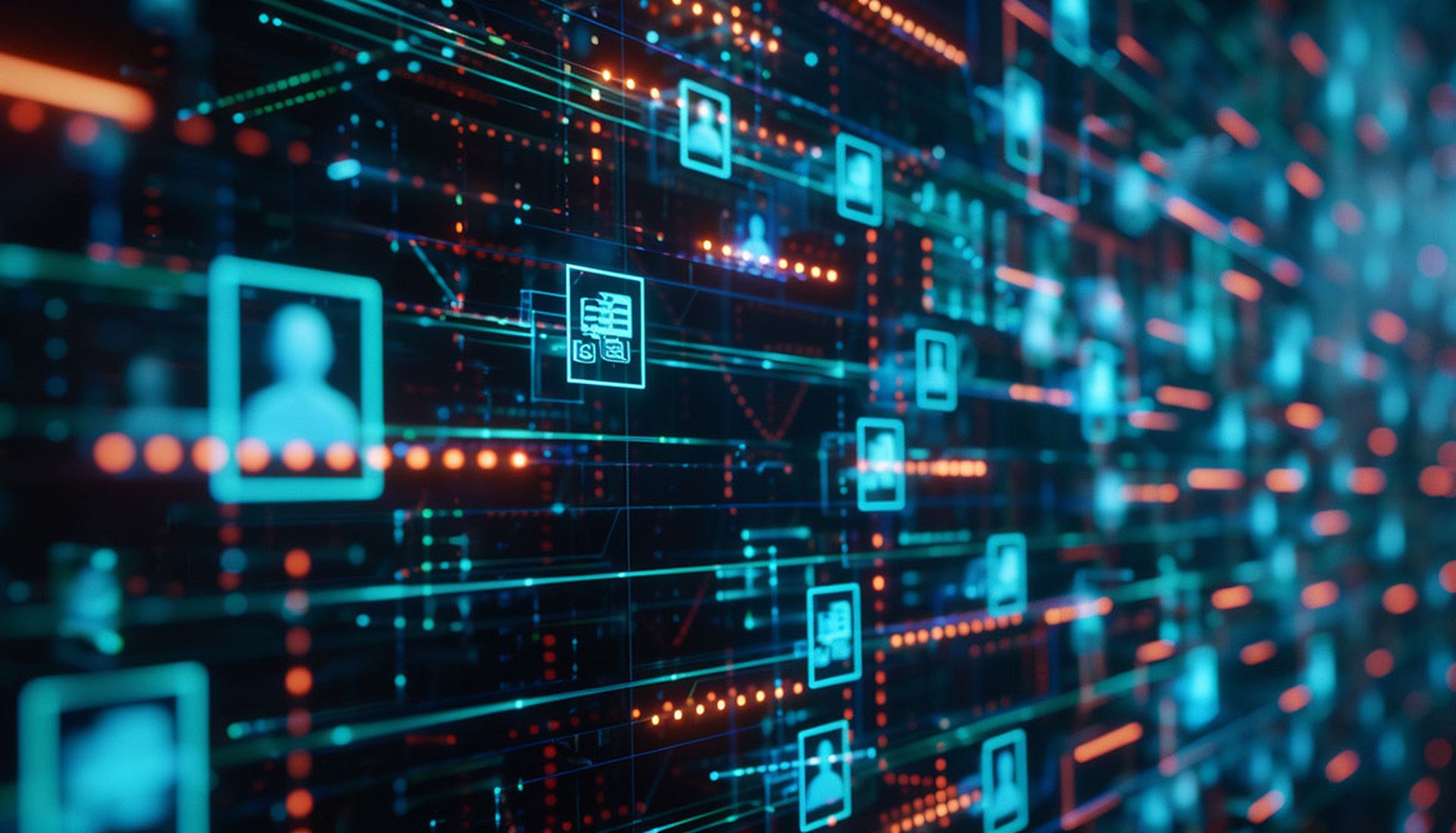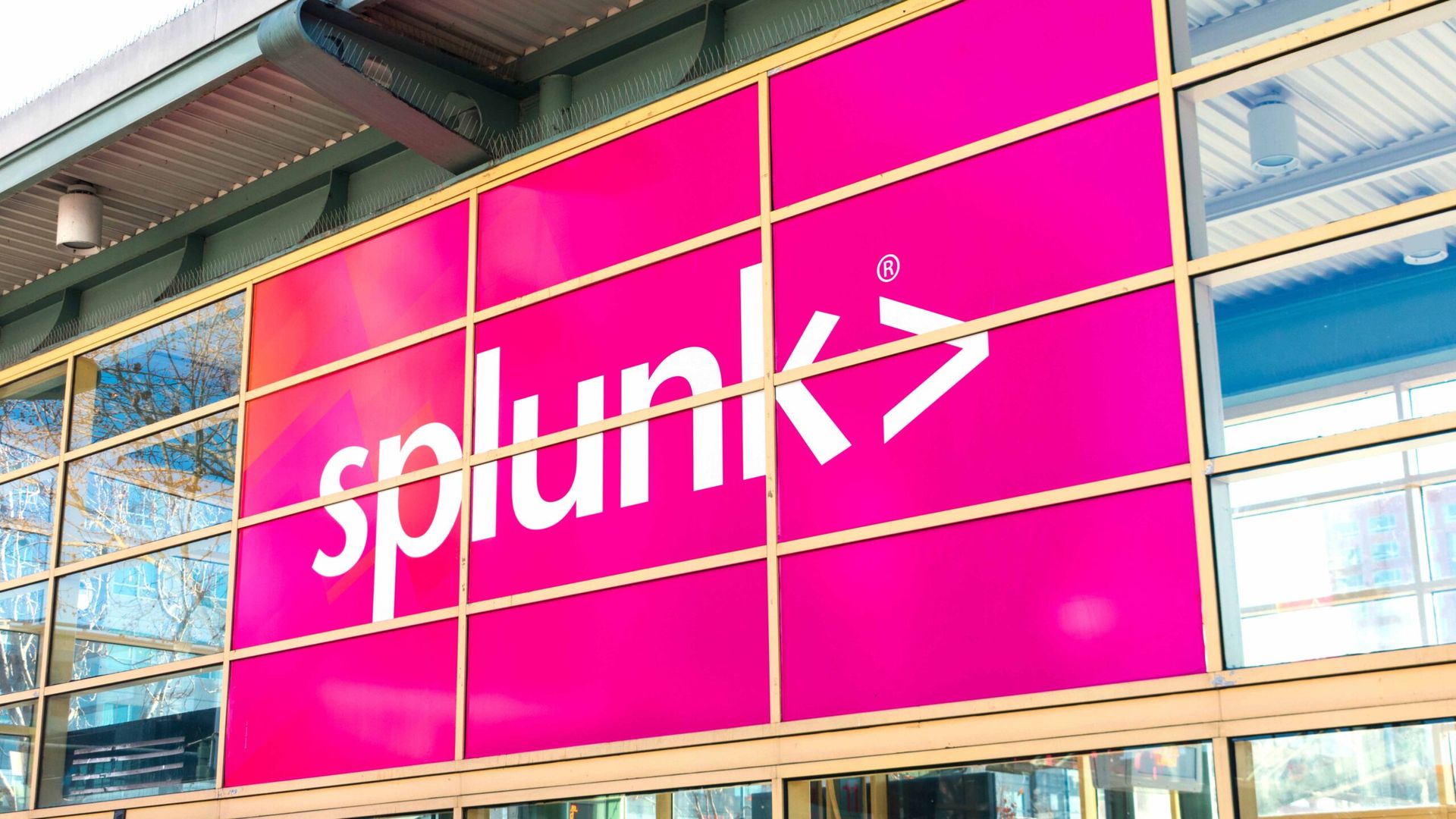Guest blog courtesy of Danny Frenkel, Business Development Representative, TD SYNNEX and Gregory Wilson, Cloud Solution Architect, TD SYNNEX
As people who have worked in the cybersecurity business for a while now, we’ve heard a wide range of reasons why small and medium-sized businesses (SMBs) not only ignore — but downright refuse — to implement cybersecurity solutions in their business.
From the standard “we’re too small to have anything valuable,” to the time-conscious “we don’t want security checks to impact productivity.” And yes — “it’s just too expensive to implement” has been used as an excuse more times than we can count.
However, all these justifications are becoming harder to keep up with. As cyber threats become more sophisticated and expensive, it’s more challenging for SMBs to keep this mentality, especially as more of these businesses become the keepers of their client’s data (and by extension, their trust). What’s more, recent studies show that small business is still a large target for cybercriminals. Out of over 2,200 security incidents recorded in a recent Verizon report, approximately 41% of those attacks targeted businesses with under 1,000 employees.[DF1] [AI2] [AK3]
But don’t click out of this article thinking that security is simply out of reach for SMBs (you did read the title, right?), because there are ways to help them take control of their cybersecurity posture, without compromising data, productivity or added expenses — and they’re called SIEM and SOCaaS.
Let’s start with the more hands-on client tool out of these two security solutions – Security Information and Event Management.
Defining Security Information and Event Management (SIEM)
According to Microsoft, SIEM, “is a solution that helps organizations detect, analyze and respond to security threats before they harm business operations.”
Let’s break that down a little and explore what that means though — despite the broad definition, SIEMs typically have three core features that enable them to do their job:
When Should SMB Invest in a SIEM?
SMBs’ should invest in some form of a SIEM tool to ensure they have visibility into security events in their environment and know when threats are on the rise:
1. Comprehensive Threat Detection
Cybercriminals have notoriously targeted businesses — particularly SMBs — due to lack of security measures and their reduced ability to detect attacks and breaches in a timely manner. IBM’s 2023 Cost of a Data Breach report confirms this, saying that on average it takes businesses 204 days (almost 7 months) to identify and contain a breach.
However, SIEMs can offer thorough threat detection. By collecting and analyzing logs from firewalls, servers, endpoints and more, businesses can identify and respond to threats before attacks cause damage. In fact, Microsoft Security studies have shown that cybersecurity teams had a 65% reduction in time when they utilized SIEMs to investigate potential threats.
2. Regulatory Compliance
Many SMBs have strict data security requirements they must maintain — especially if they work in places like healthcare (HIPAA), finance (PCI DSS), and even in specific geographic locations as well (CCPA and GDPR). And SIEMs are a great tool when it comes to keeping up with these regulations.
SIEMs ability to connect with other solutions (such as Microsoft’s Defender XDR), that monitor for specific regulatory requirements can help identify and collect alerts for noncompliant configurations. They can easily assist compliance officers and security specialists meet relevant regulations.
3. Incident Response and Management
As mentioned before, SIEM systems not only detect threats but also can quickly facilitate incident response. Once you’ve configured a SIEM and have tuned it to the normal patterns of your business, it can actively hunt for indicators of compromise and send relevant alerts, so security teams can investigate, triage and remediate the threat.
And by using this SIEM to do the alerts and management for them, security teams can save a lot of downtime. Microsoft Security studies show an 88% reduction in response time to attacks when SMBs utilize SIEMs in their business operations.
4. Rapid Deployment and Updates
When it comes to innovation and productivity, SMBs don’t want to be held back. That’s why cloud-based SIEMs are particularly helpful for this subset of enterprise. Cloud-based SIEM solutions can be deployed quickly, allowing SMBs to gain all the benefits of enhanced security monitoring — without the lengthy implementation periods.
What’s more, all updates on a cloud-based SIEM system can be handled by managed service providers (MSPs). This in turn takes patch management off the security team’s plate, while ensuring they have the most up-to-date SIEM solution with the latest security features and threat intelligence.
As can be seen, SIEMs are handy tools that help security teams aggregate data with just a few clicks. But there’s one big problem in many SMBs spaces – many SMBs don’t have the time or resources to manage a tool like this!
This is where our second solution comes into play – one that can take the heavy lift of managing SIEMs off a SMBs shoulders – it’s called security operations center as a service (SOCaaS).
Defining Security Operations Center as a Service (SOCaaS)
SOCaaS is defined as “a centralized function or team responsible for improving an organization’s cybersecurity posture and preventing, detecting and responding to threats.” Much more in-depth than a standard SIEM, SOCaaS is essentially a dedicated team whose job it is to watch a client’s network for threats around the clock.
These teams typically serve in three key functions:
When Would SOCaaS be the Better Option?
The short answer? SOCaaS is a better option for organizations with few security members or limited resources.
But there are a few other key reasons why you would want SOCaaS instead of just a SIEM:
1. On-Call Access to Security Expertise
SOCaaS provides SMBs access to a team of cybersecurity experts, all of whom can monitor and manage their security around the clock. This expertise is often very expensive if a SMB must invest in their own in-house team and provide a SIEM on top of it – but SOCaaS can provide the same benefits, impacts and tools for a much smaller price tag.
2. Around the Clock Security Monitoring
With SOCaaS, smaller organizations can fill in the gaps in their security monitoring. Even if your an organizion has an in-house team, they can utilize SOCaaS to take on all the nights, weekends and holidays, ensuring around-the-clock coverage. This 24/7 vigilance is critical for maintaining a strong security posture and mitigating the risk of data breaches.
3. Cost Efficiency
As mentioned before, SOCaaS offers a cost-efficient way for SMBs to access advanced security services, without the need to invest in new headcount. By leveraging shared resources and expertise of the SOCaaS provider, SMBs can get the robust security monitoring they need at a fraction of the cost.
4. Focus on Core Business Activities
Finally, SMBs can benefit greatly from outsourcing the management of their SIEM system to a SOCaaS provider. By letting the security experts in an SOC do all the heavy lifting, SMBs can focus on their core business activities without distraction.
Final Thoughts
SMBs face unique challenges in the cybersecurity landscape, but SIEM and SOCaaS solutions offer powerful and cost-effective tools for enhancing their security posture. By leveraging modern SIEM solutions and services, SMBs can take back control of their data, protect their digital assets, comply with regulatory requirements and focus on their core business activities with greater confidence. For more in-depth coverage, SOCaaS offers SMBs access to expert security management and continuous monitoring, allowing them to benefit from advanced cybersecurity capabilities without the need for extensive in-house resources.
To learn more, tune into our podcast, CYBER WISE(GUYS), now on Spotify! You can also reach out to us at gregory.wilson@tdsynnex.com or danny.frenkel@tdsynnex.com and meet us for a deep dive on available cybersecurity solutions.




